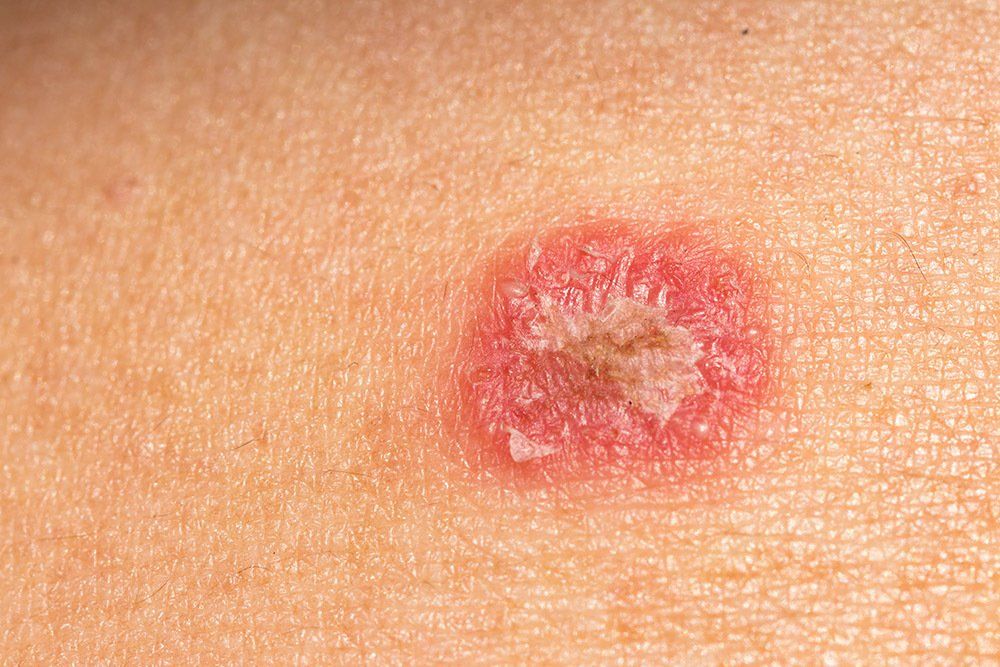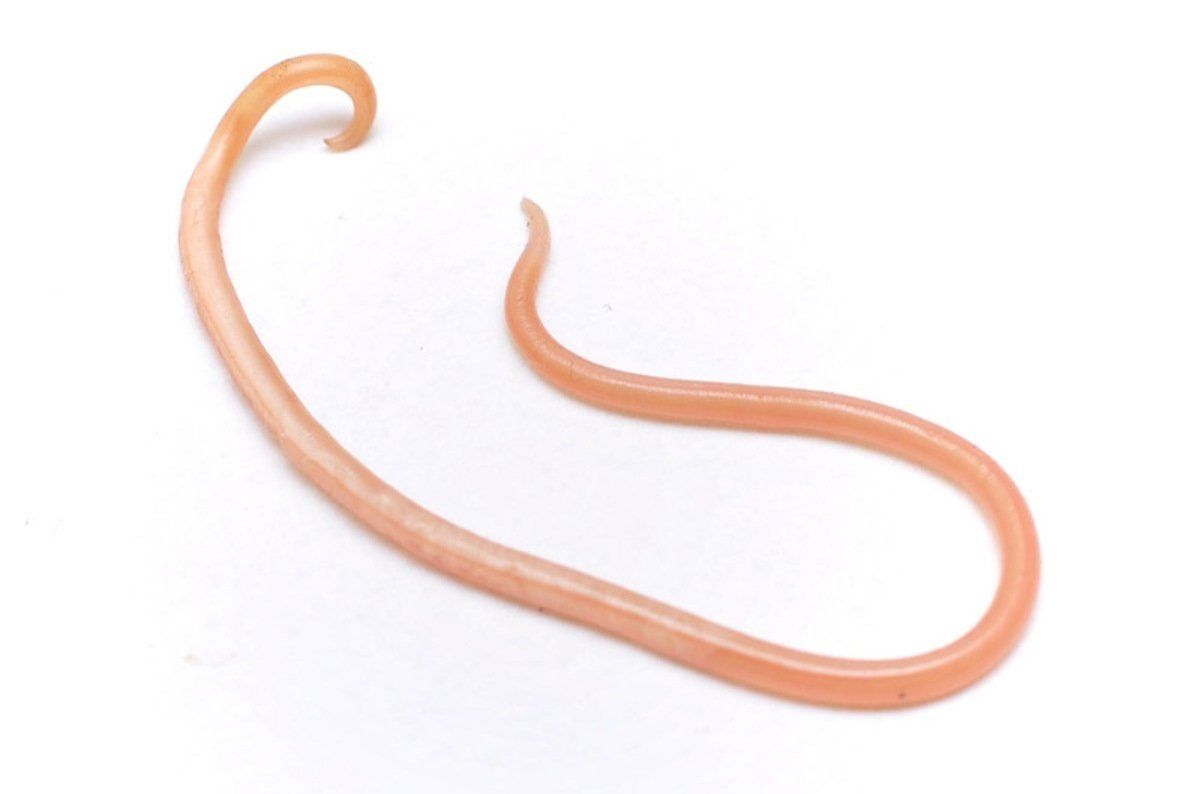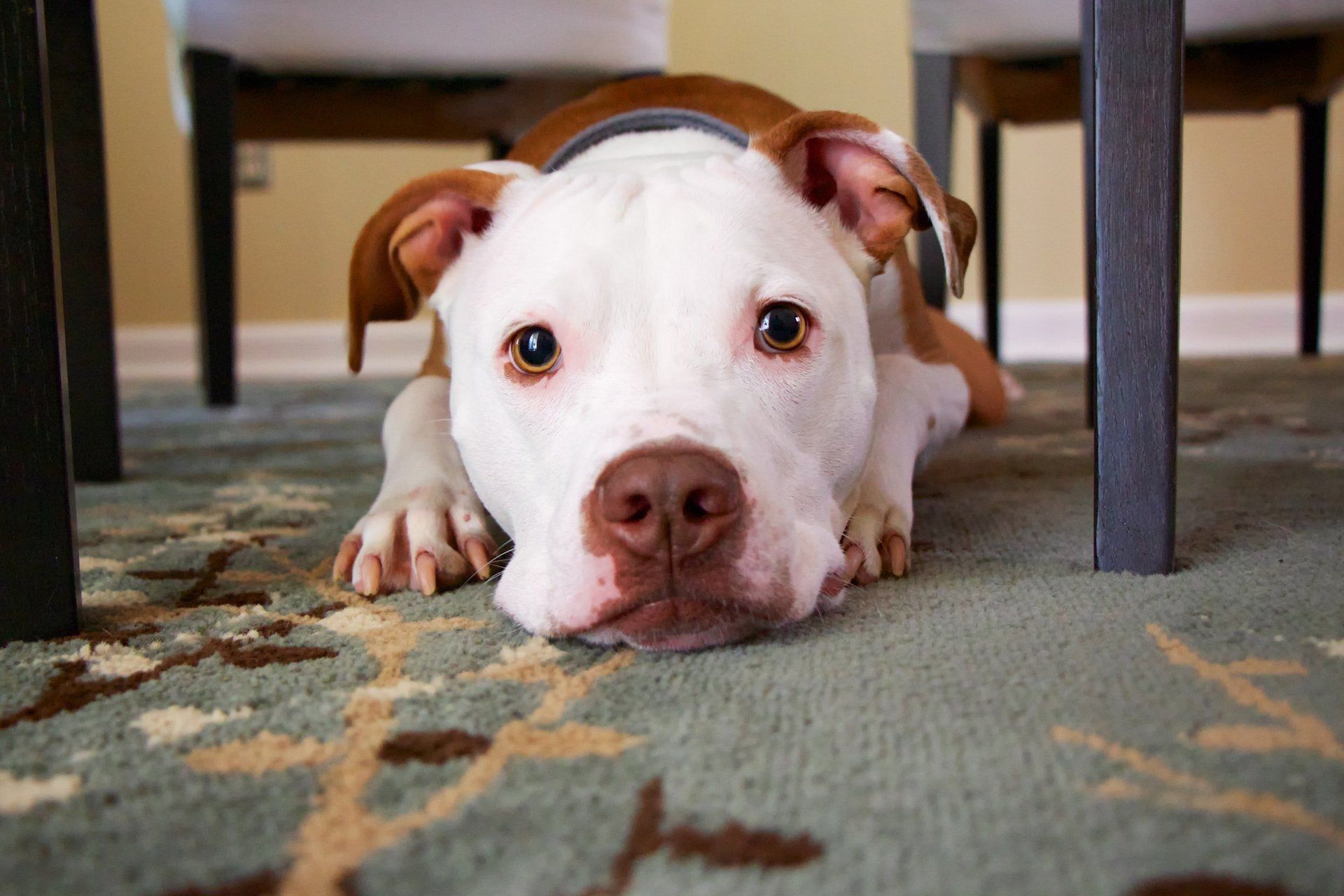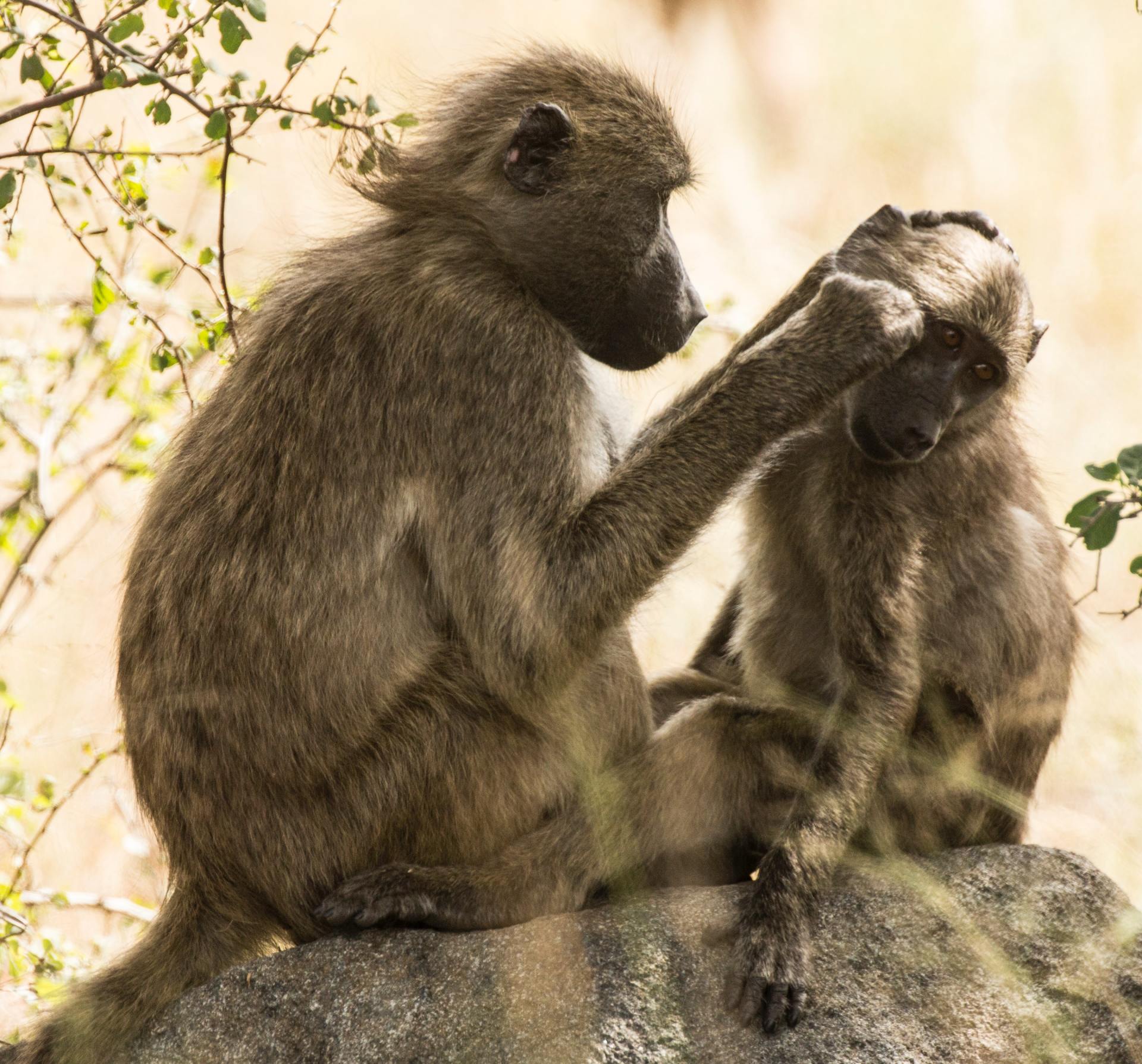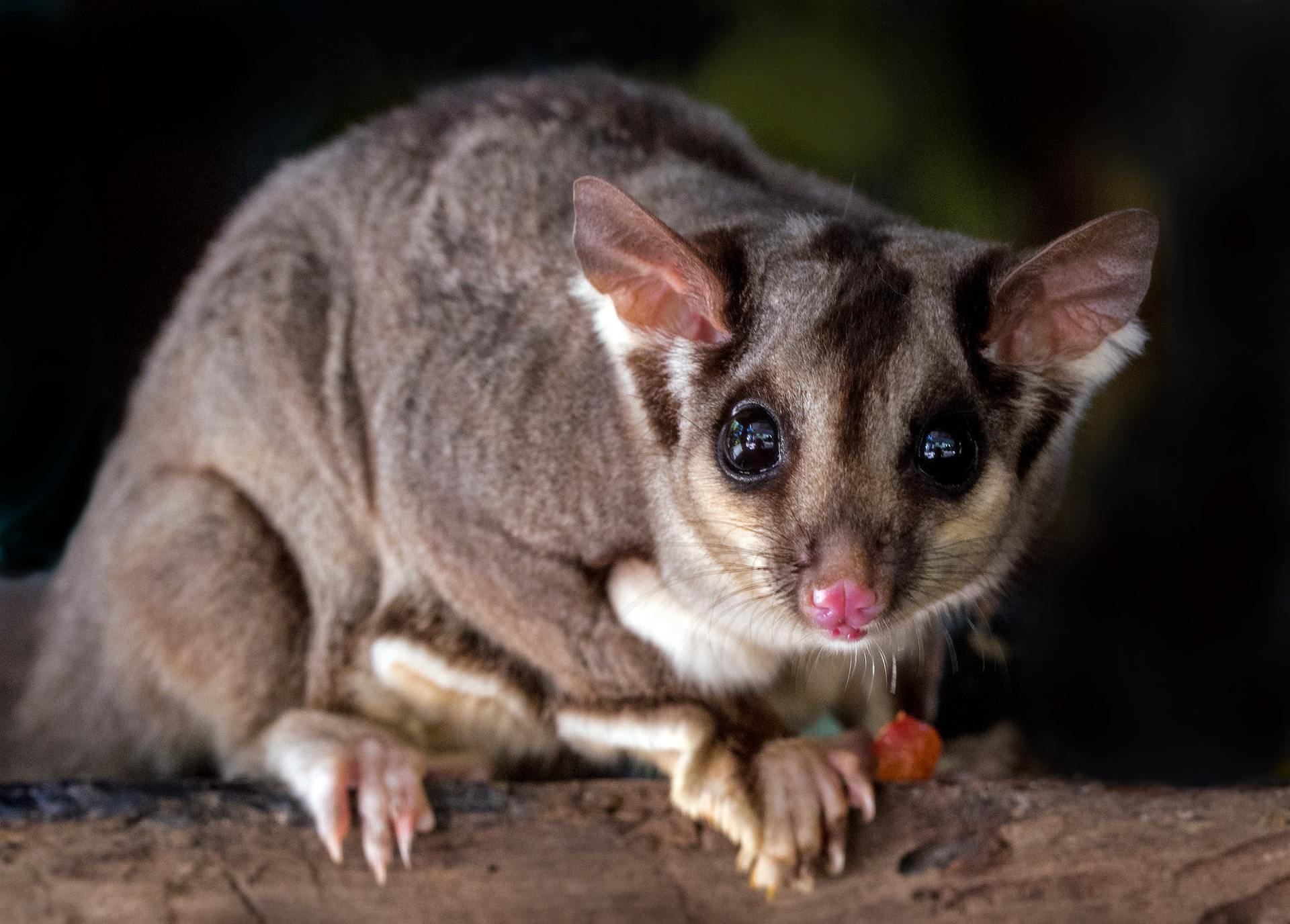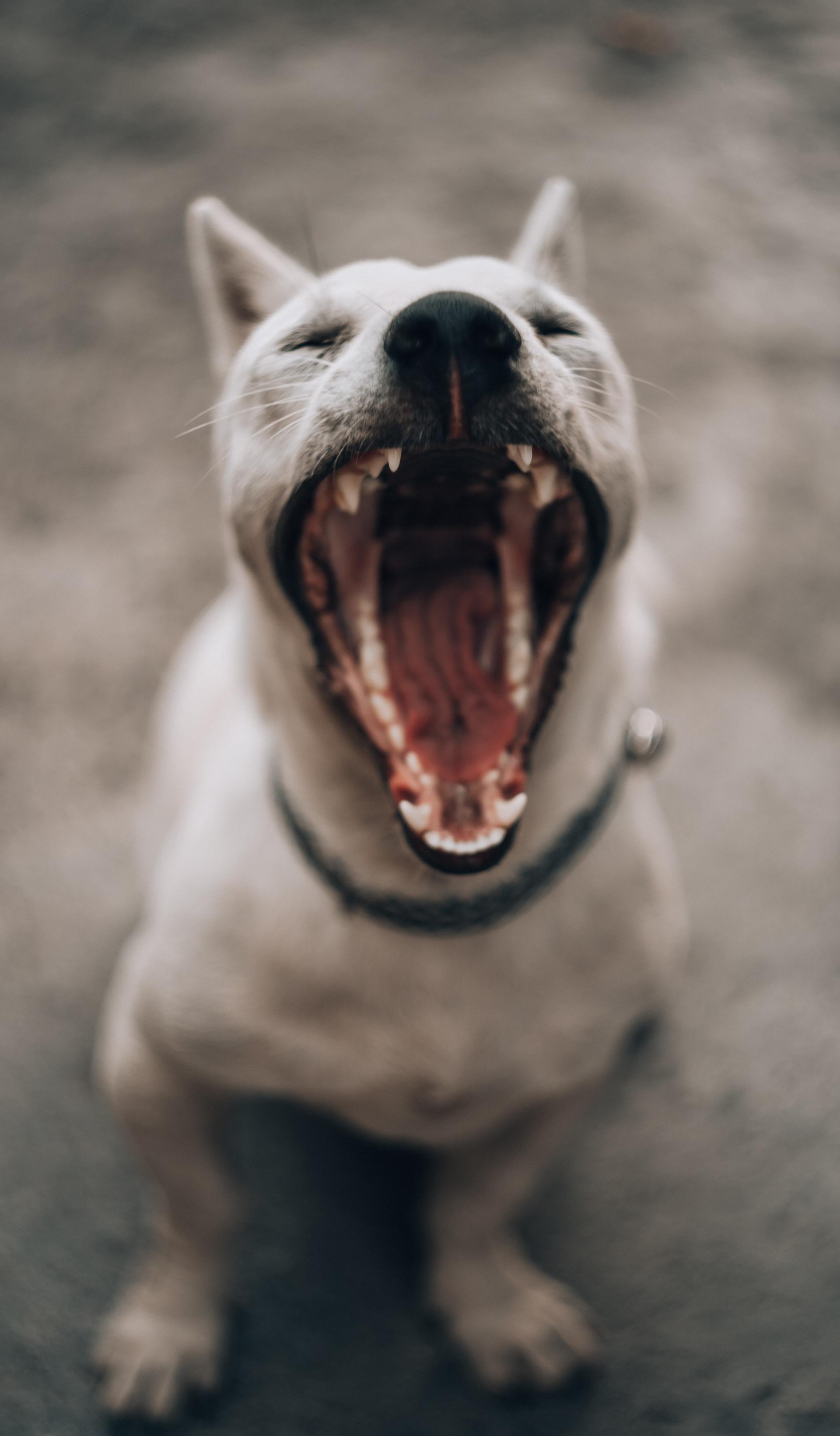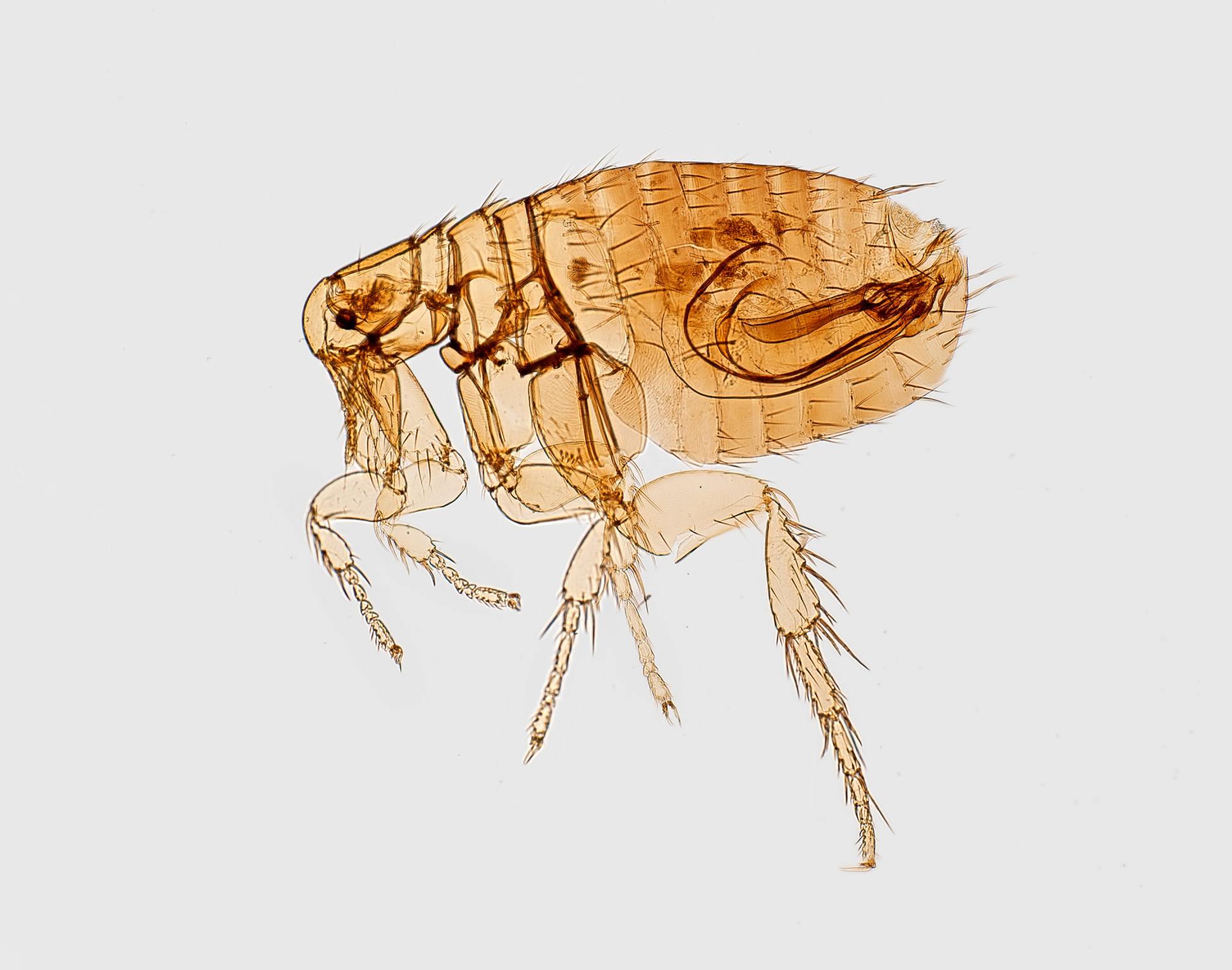May 22, 2021
Just like with us, feeding your pet the correct diet is an essential factor in maintaining superior long term health. A good diet contains all the essential nutrients in the right balance, and these factors change slightly as your pet matures and then ages, and that is why you are now seeing more lifestage foods available (ie, puppy, adult & senior specific). For example a puppy needs extra protein and vitamins for optimum growth and an older less active dog needs less calories & more fibre. Busy lifestyles today means many people opt for prepared diets. When choosing a pet food choose one that is labelled ‘complete’ and ‘balanced’, these terms are regulated and the food must meet certain criteria to carry them. Foods that don’t carry these terms are often lacking in essential nutrients. Also pick one that suits your dogs lifestage, ie puppy food while they are growing and if they are older or a bit overweight pick a senior or light variety- it really does make a difference! Also be aware that price is a good indicator for quality, you often find when feeding cheaper foods that you need to feed a lot more as more fillers are used and the protein quality in the food is lower. For those of you who prefer a home cooked diet remember that balance is the key, A lot of people make the big mistake of feeding an all meat diet thinking that’s what they’d eat in the wild. If you were to replicate a wild diet, you’d also have to include animal skin, bones and vegetable matter from the stomach of the animal eaten. Obviously this is a fairly gross and impractical option for most, so remember to add vegetables and some raw bones (never cooked) to the diet. Things to avoid include onion, garlic (as a relative to onion!), potato, sultanas and chocolate- when dogs metabolise these foods they produce by-products that can cause damage to their liver, kidneys or heart. You’ve paid for it so store it well - dry foods need to be in secure containers away from vermin and do not keep food indefinitely as this reduces vitamin potency and palatability. If you have a puppy, I would strongly recommend that a prepared puppy food make up the majority of their diet in this vital growth stage. It is difficult to provide the right balance for growth and optimum brain development, and most people make the error of adding vitamin supplements to the food to improve it, but this usually just creates an imbalance, with too much of one thing and so not enough of others. The best calcium supplement you can give a puppy is a fresh raw bone- as well as calcium it provides many other minerals as well as protein and entertainment! Nutrition is a huge subject and plays a key role in your pets long term health. We have kept it short today, and hopefully we will revisit this subject with some diet tips and cat reference but if you would like any more information in the mean time, please feel free to ask us at the clinic.
